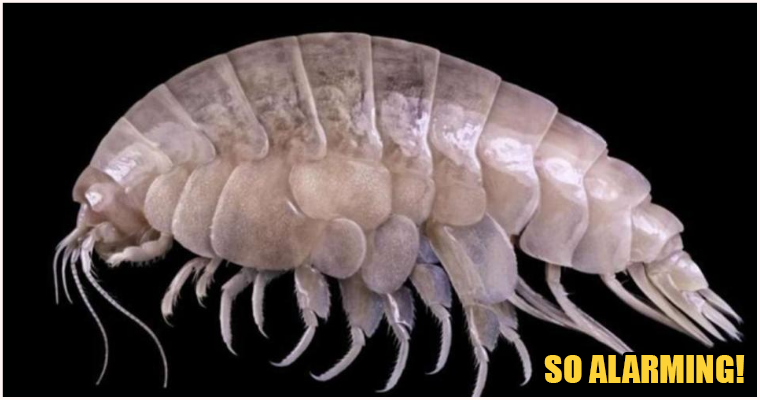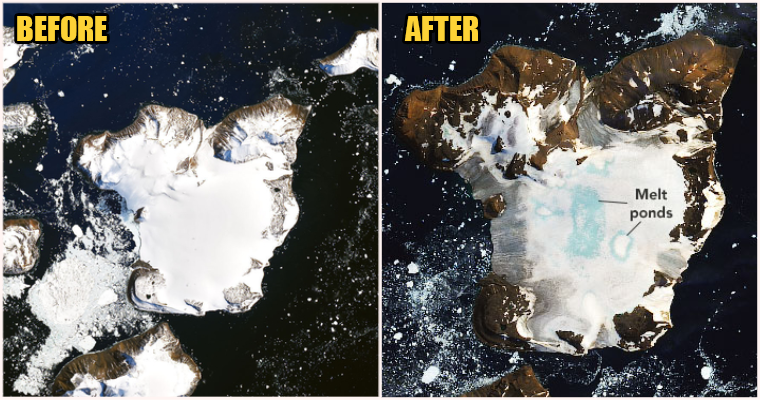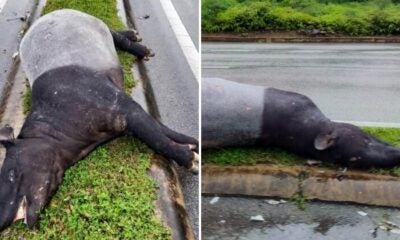We’ve always believed that the world is filled with undiscovered and unexplored places beyond the human reach. But is that really true?
One of these places is the Mariana Trench, located in the western Pacific ocean, which is also known as the lowest trench in the world. A good portion of the lowest parts of the Mariana Trench is vastly unexplored due to the sheer amount of pressure of it’s depth, which is why it is surprising, but more importantly, saddening to hear that micro plastics have found their way into a new species of marine animal discovered by scientists.
The World Wildlife Foundation took to their Facebook page to showcase a video of the newly discovered amphipod that has already ingested plastic despite the fact that it lives 7km below sea level in the world’s least human-interrupted place on the earth.
Meet the newly discovered ocean species polluted with plastic
Alarming news: This newly discovered crustacean, found in the Marianas Trench, came into contact with plastic before we even knew the species existed. As a result, the scientists dubbed the new species Eurythenes plasticus. Plastics have now officially entered the taxonomic record as a new species. More than 270 species of wildlife have already been adversely affected by plastic pollution and the discovery of plastic pollutants in a newly discovered species found in the deepest place in the world makes this news particularly unsettling. Learn more: https://wwf.to/2VITbYh
Posted by World Wildlife Fund on Thursday, March 5, 2020
They wrote, “Alarming news: This newly discovered crustacean, found in the Mariana Trench, came into contact with plastic before we even knew the species existed. As a result, the scientists dubbed the new species Eurythenes Plasticus. Plastics have now officially entered the taxonomic record of a new species. More than 270 species of wildlife have already been adversely affected by plastic pollution and the discovery of plastic pollutants in a newly discovered species found in the deepest place in the world makes this news particularly unsettling.”
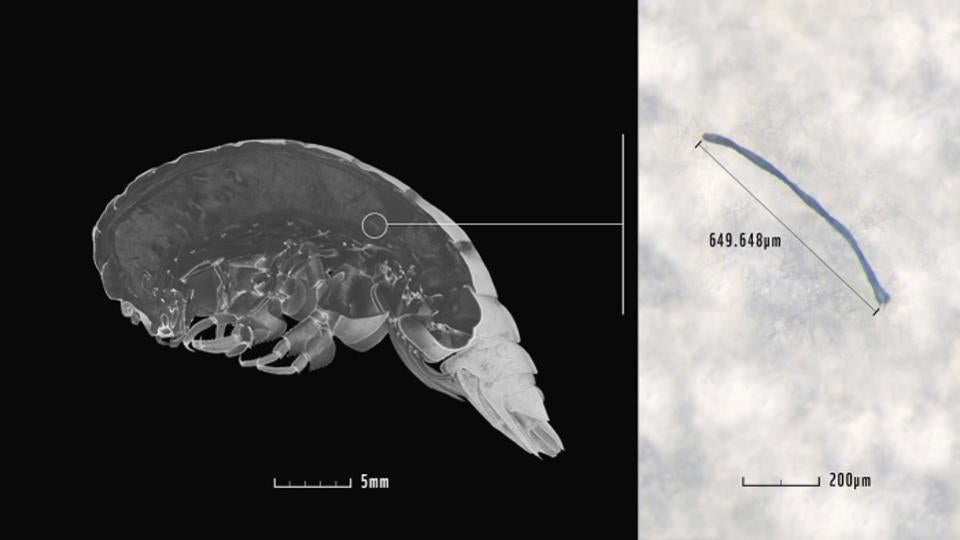
Source: Forbes
Dr Alan Jamieson led the team from England’s Newcastle University which discovered the shrimp-like crustacean in the trench between Japan and the Philippines, below the Great Pacific Garbage Patch.
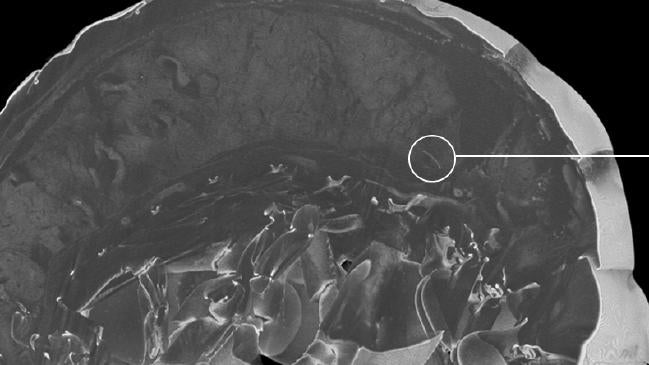
Source: News
Finding a new species that we didn’t know existed and finding that it’s already consumed plastics shows how widespread pollution by humans has become. The new name for the species alone truly shows that it’s about time we do something about our impact on the environment.
We have to act before the entire planet is covered in and is named after plastic.
Also read: Record Breaking Heat Wave Melted 20% Of An Antarctic Island, Proving That The Climate Crisis Is REAL

